Optimal Timing for Cement Installations
Cement installations are most effectively carried out during specific weather conditions that ensure optimal curing and strength development. The timing depends largely on climate, temperature, and humidity levels, which influence the setting process and final durability of the concrete.
Ideal temperatures for cement installation are between 50°F and 85°F. Temperatures outside this range can affect curing times and the final strength of the concrete.
Dry, mild weather with low humidity and no rain is preferred. Excessive moisture or extreme heat can compromise the curing process.
Spring and fall are generally considered the best seasons for cement installation due to moderate temperatures and stable weather conditions.
Rapid temperature changes can cause cracking or uneven curing. Planning installations during stable weather periods reduces these risks.
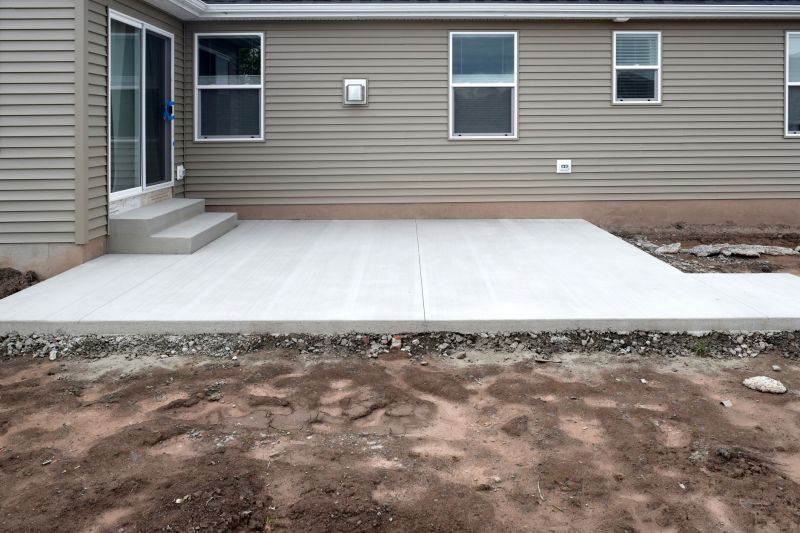
Spring offers moderate temperatures and lower humidity, ideal for cement work.

Mild weather conditions help ensure proper curing and strength development.
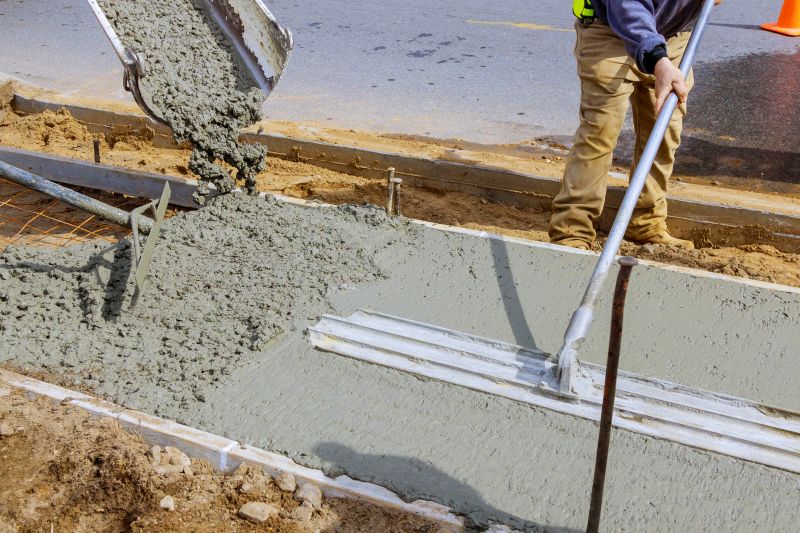
Planning around weather forecasts minimizes delays and quality issues.
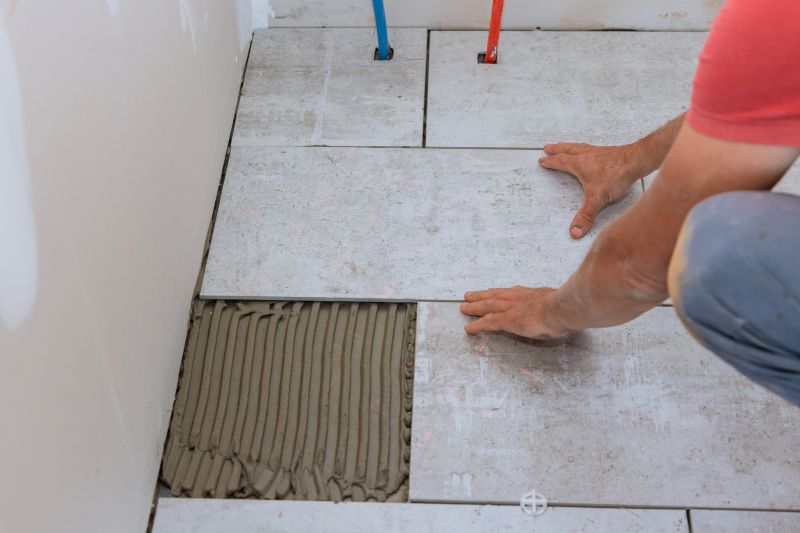
Ways to make Cement Installations work in tight or awkward layouts.
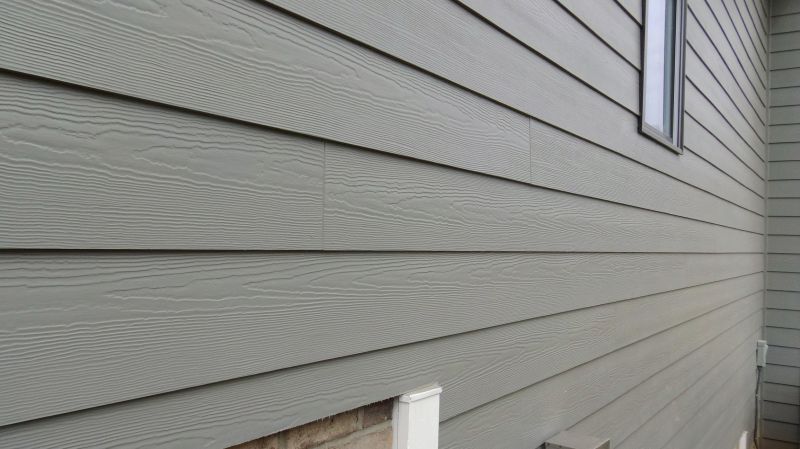
Popular materials for Cement Installations and why they hold up over time.
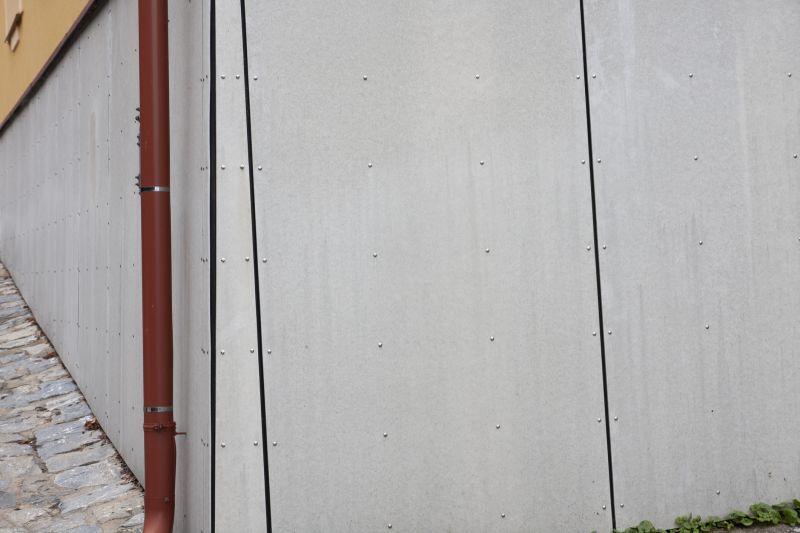
Simple add-ons that improve Cement Installations without blowing the budget.
| Factor | Best Conditions |
|---|---|
| Temperature | 50°F to 85°F |
| Humidity | Moderate, low humidity preferred |
| Rain | Avoid during pouring and curing |
| Season | Spring and fall |
| Weather Stability | Stable, dry weather |
Cement installations require careful planning to ensure the material sets correctly and achieves the desired strength. Proper timing helps prevent issues such as cracking, uneven curing, or reduced durability. The choice of season and weather conditions significantly impacts the quality of the finished work. In regions with unpredictable weather, proactive scheduling and weather monitoring are essential to maintain installation quality.

Clear, dry days support optimal curing conditions.
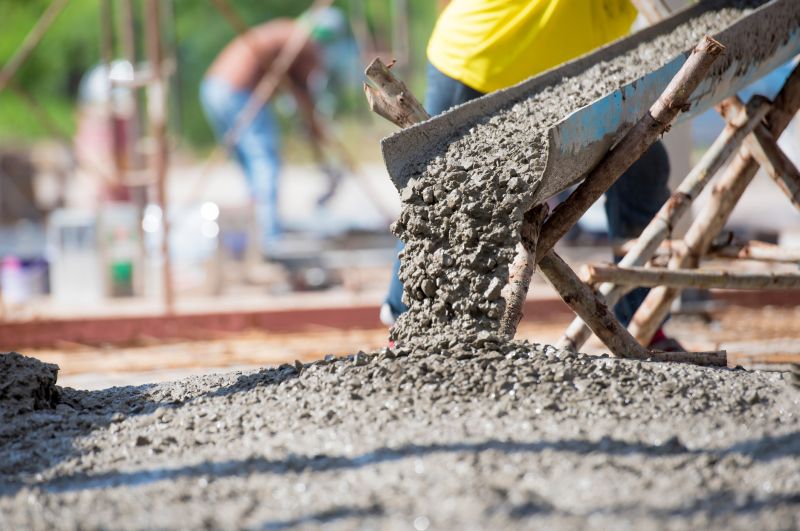
Warm temperatures accelerate curing without causing rapid drying.
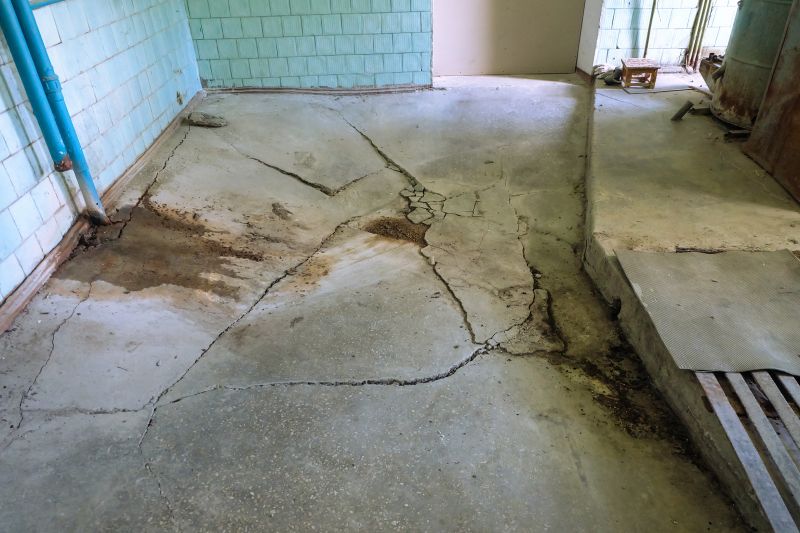
Cold temperatures can slow curing and weaken the concrete if not managed properly.

Covering and weatherproofing prevent rain from compromising fresh concrete.

High-end options that actually feel worth it for Cement Installations.
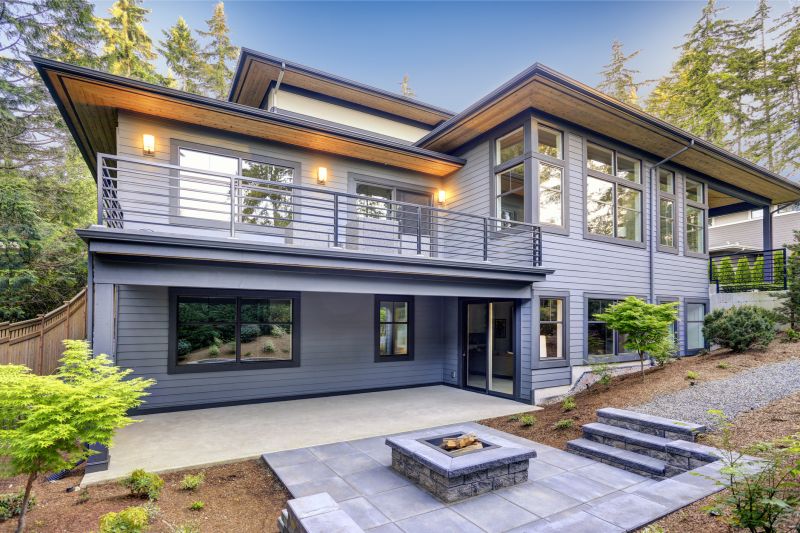
Finishes and colors that play nicely with Cement Installations.
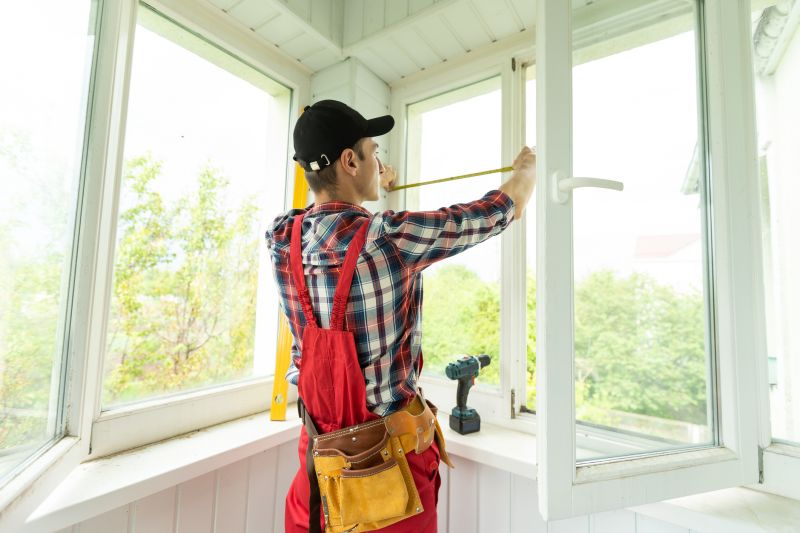
Little measurements that prevent headaches on Cement Installations day.
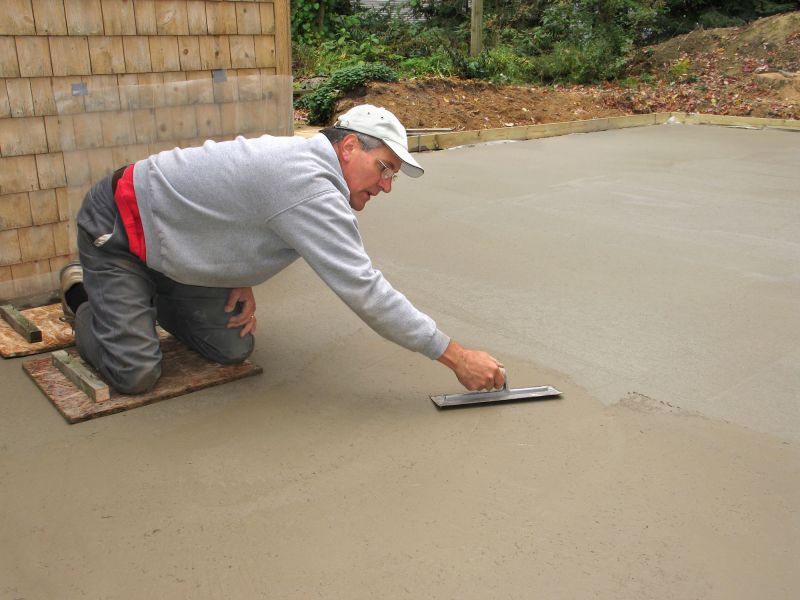
A 60-second routine that keeps Cement Installations looking new.

A frequent mistake in Cement Installations and how to dodge it.
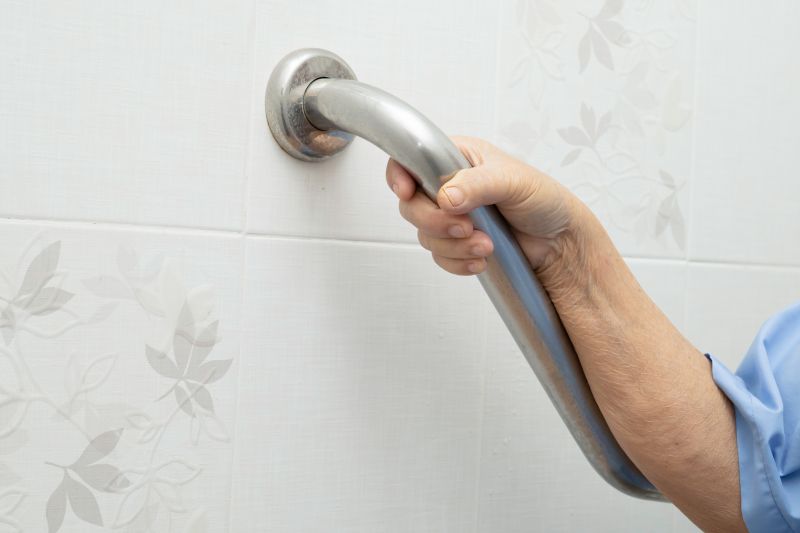
Small tweaks to make Cement Installations safer and easier to use.
Understanding the optimal conditions for cement installation can lead to better durability and performance of the finished surface. Proper timing, combined with weather-aware planning, ensures the concrete cures properly and attains its designed strength. Consulting local weather patterns and scheduling accordingly enhances project success and reduces the risk of costly repairs.
Interested in scheduling cement installations? Fill out the contact form for expert assistance.



